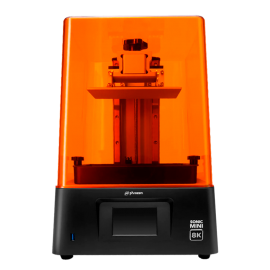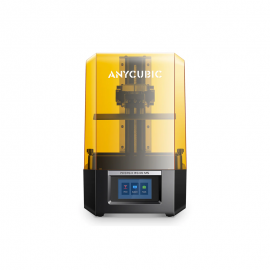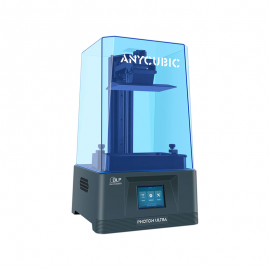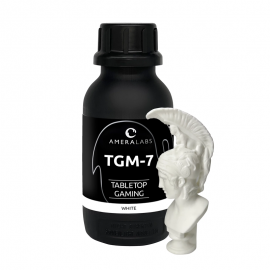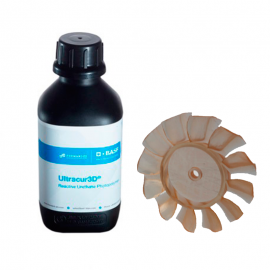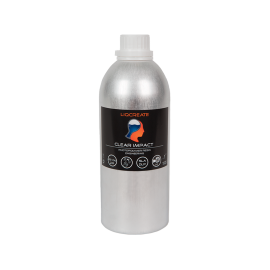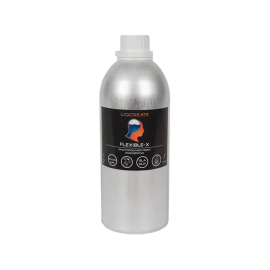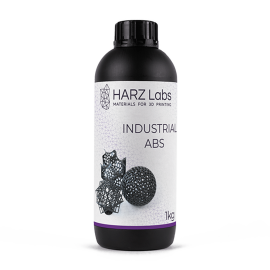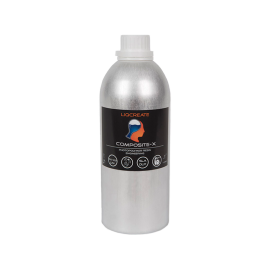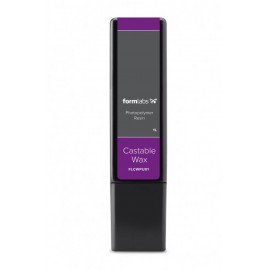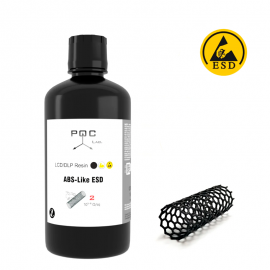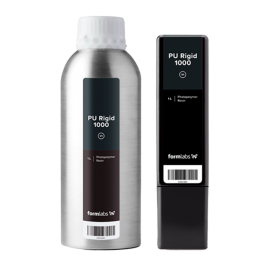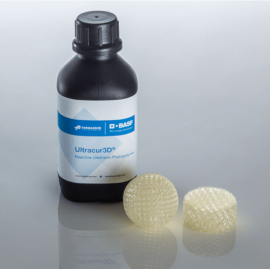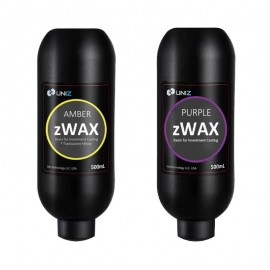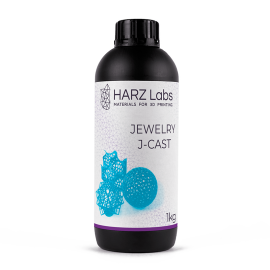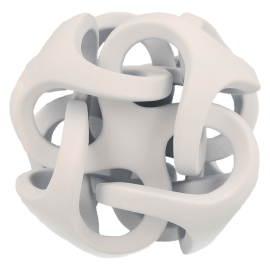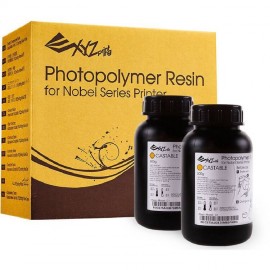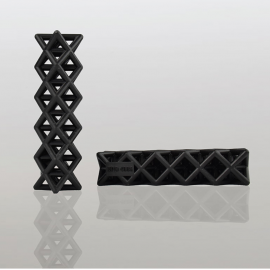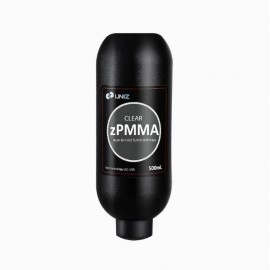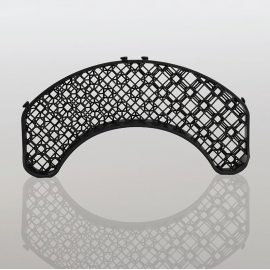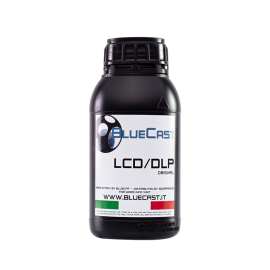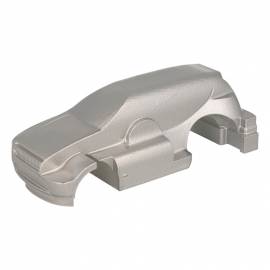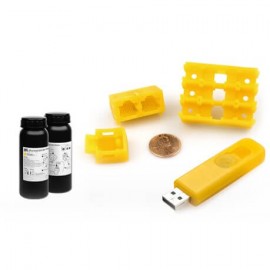No products
Product successfully added to your cart
0 products in the cart 1 product in the cart
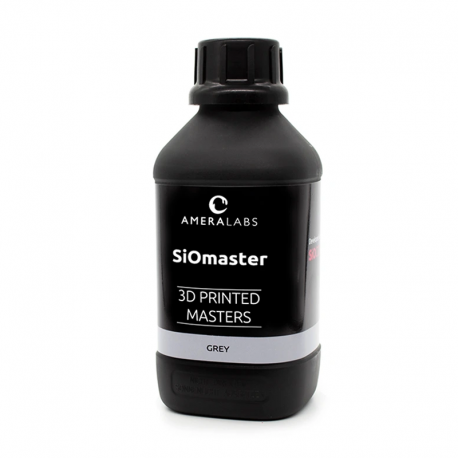 View larger
View larger
SiOmaster resin - AmeraLabs
In the realm of manufacturing, 3D printing serves as an initial step in the transition from digital models to physical objects, particularly for industrial parts, prototypes, and miniatures. As production scales, spin casting and injection molding emerge as preferred methods, leveraging silicone molds derived from 3D printed master models.

Image 1: The SiOmaster resin. Source: SioCast.
The SiOmaster resin, developed by AmeraLabs in collaboration with SioCast, excels in capturing and preserving fine details crucial for mold creation. Its optimal balance of flexibility proves indispensable during the rigorous silicone vulcanization process. Under high pressure and temperature, it remains resilient, preventing breakage or deformation, thus safeguarding the integrity of intricate details while upholding dimensional precision. Furthermore, the SiOmaster resin boasts user-friendly features, including easy support removal and sanding, alongside minimal shrinkage.

Image 2: A test part 3D printed with the SiOmaster resin. Source: SioCast.
SiOmaster resin is tailored for professionals operating spin casting and SiOCAST injection molding machines. Designed to facilitate the creation of master models, it endures high-temperature silicone rubber vulcanization, reaching up to 180 °C, multiple times without compromising integrity. This resilience permits the reuse of master models for the production of numerous molds, optimizing efficiency and resource utilization.
Compatible 3D printers
The SiOmaster resin is compatible with both MSLA (Phrozen Sonic Mini 8K, Anycubic Photon M5, Zortrax Inkspire, etc.) and DLP (Anycubic Photon Ultra or Photon D2) resin 3D printers with 385-420 nm light sources. However, it's important to note that the SiOmaster resin cannot be used with laser-based resin 3D printers which utilize VAT trays lined with PDMS silicone (e.g., Formlabs 3D printers). 3D printing profiles for this resin can be consulted here.


